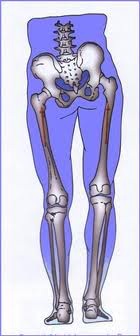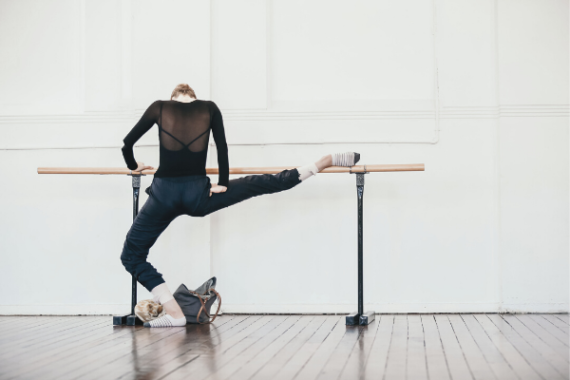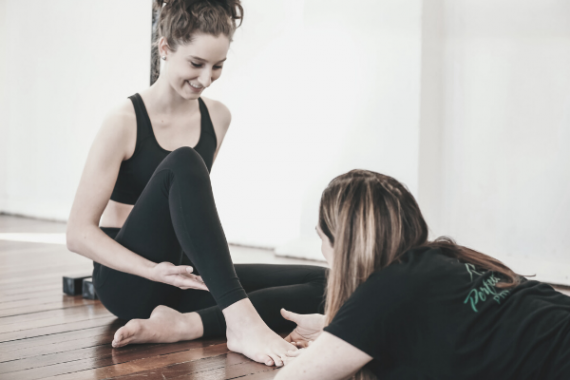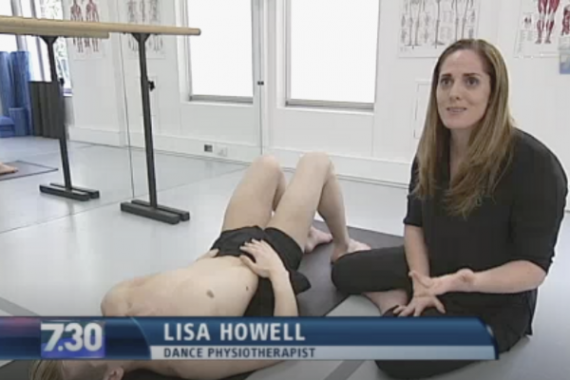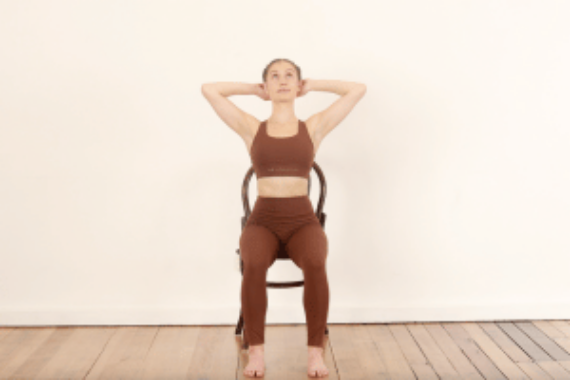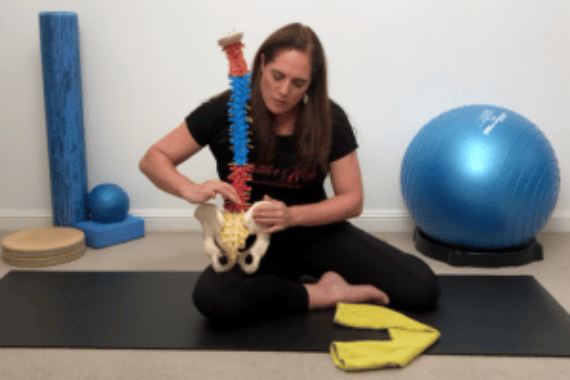- Free Articles
- Shop
- Workshops
- The Dance Educator Series
- L1 – The Fundamentals
- L2 – Pointe Intensive
- L2 – Flexibility Intensive
- L2 – Training Turnout in Tiny Dancers
- L3 – Foot & Ankle Injuries in Dancers – NEW
- L3 – Hip Injuries in Dancers
- L3 – How to Train Extreme Mobility Safely
- Upcoming Workshops
- Workshop FAQ’s
- Workshop Testimonials
- Host Application Form
- Dance Teacher & Health Professional Directory
- Members Areas
- Cart
- My Account
Scoliosis
Many people get told they have a scoliosis and get quite worried about what it means for not only their dancing but the long-term health of their back. If someone does tell you that you have a Scoliosis please don’t be alarmed! About 80% of the population will have a mild scoliosis, and this simply means that the spine is a little asymmetrical. Scoliosis can range from very mild to very severe and the treatment obviously differs depending on this. While many people say that their Scoliosis is inherited, or genetic, I find that often there are many things that we can do to minimise the deformation of the spine and its effect.
"Hi Lisa! I have Scoliosis and a twisted pelvis, I go to Clinical Pilates and an Osteopath to help correct it but sometimes it hurts whilst dancing. Do you have any tips? And will this stop me from being professional? Thanks! Liv"
Hi Liv, and thanks so much for your question. There are lots of things that you can do to help reduce the impact of the Scoliosis on your dancing. Here are a few of them.
1. Make sure that your conditioning program is focused on actually correcting your alignment - Make sure that your program with your Pilates Instructor and Osteopath is not only aimed at keeping in one alignment but actually correcting the tilt that you have. Initially, the focus will be on maintaining the spine and pelvis in a neutral position. This is wonderful, however, you also need to make sure that you correct the pull that is happening throughout the rest of the day. If you tend to slump off to one side it is very important that you have more stretches for lengthening out the short side, and more strengthening exercises for training up the other side. You actually need to have an asymmetrical program to effectively treat a scoliosis.
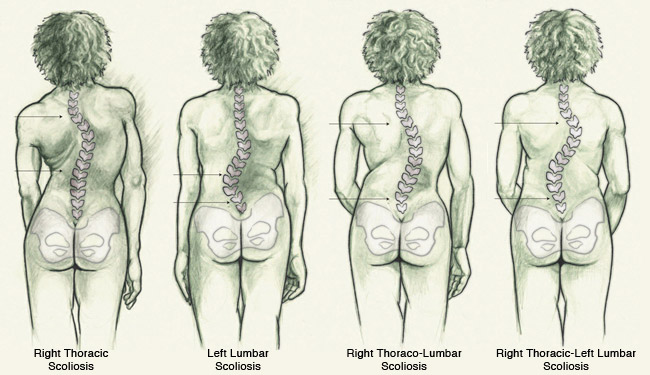
2. Watch how you do things during the day - One of the biggest things I ask people to look at if they have a scoliosis is to get their parent/brother/sister/friend, or someone who is with them a lot during the day, to really look at how they do everything during the day.
- Common positions to watch out for are:
- Sitting off to one side in the car
- Tucking your feet to one side when you sit on the floor
- Sleeping on one side always in the same position
These are the positions that you stay in for long periods of time and if you do this repeatedly, your body will get the message that that is how you want your spine to be trained!
3. Especially look at your sitting and writing posture - A lot of people sit and write around a corner! It is very important to look at your sitting position so that your spine is in a nicely aligned position This can happen in both left and right-handed people, and often left-handers are is actually worse as they often really curl the shoulder around and rotate the shoulder in which can result in a lifted shoulder on the left-hand side.
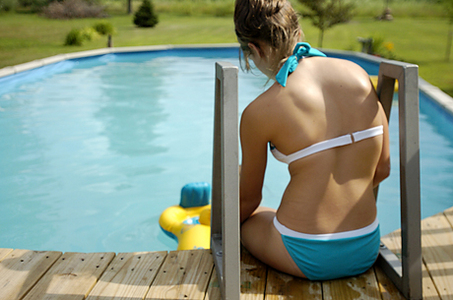
4. Analyse the positions where it hurts while dancing to see if range can be improved in other areas - If it is starting to hurt while you are are dancing I would take a very close look at the exact position of your spine when this is happening. For instance, if it's when you lift the right leg into an arabesque, you may feel pinching and some soreness down in the lower back. Some areas that you could look into Look at the extension and rotation flexibility and control in the upper back and also the flexibility of the deep hip flexors. If both of these are tight this will jam up in the low back and you may feel some pain. This can happen in people without a scoliosis as well so don’t be alarmed, it just means that you need to improve your technique!
Get your Osteopath to assess, and if needed, release any excessive tension in your deep hip flexors (Psoas Major) to open out the front of the hip, and include some gentle lengthening techniques for the hip flexors. You will probably also need some mobility work for the upper body as well (such as the Thoracic Mobility and Improving Hip Extension sections of The Front Splits Fast Flexibility Program).
5. Free up all of the joints in the Thoracic Spine in all directions - Please note: When working with the mobility of the upper body. It is important to include side flexion and rotation movements as well as flexion and extension to really loosen up the facet joints in the upper back. Simply pushing into extension often will cause pain rather than increasing mobility.
6. Check for a leg length discrepancy - Also get your Osteopath to check that you don’t have a leg length discrepancy. Please read the post I have written on this HERE. If you do have one leg that is actually shorter than the other it can contribute to the twisting of the pelvis and the scoliosis. You may need to wear a heel wedge in your shoe to even this out. However, very often it's an apparent leg length discrepancy where the legs are actually the same length, but the tension in muscles around the low back and hips are pulling the leg into a shortened position. There are many tips for how to correct this in the article.
I hope that this has given you lots to think about! Jot some of these ideas down and ask your Osteopath and Pilates Instructor to help you with each of them. Rest assured that having a scoliosis should not prevent you from having a career in dance as I know many dancers who have one!
